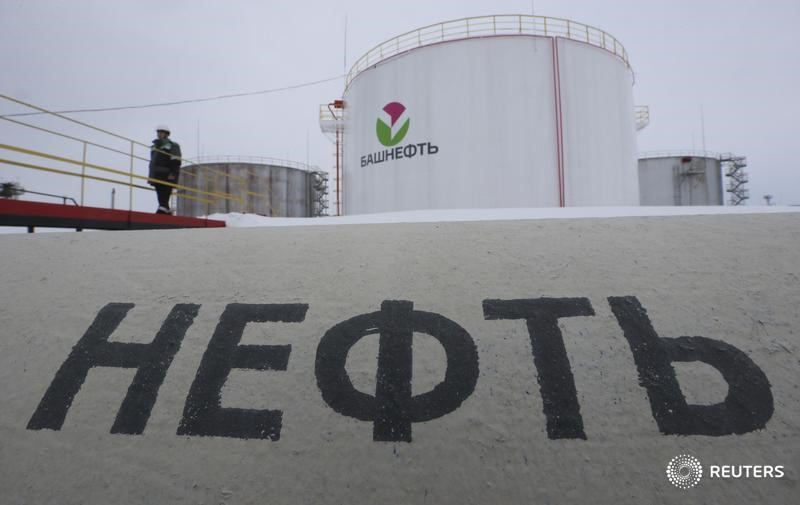By Barani Krishnan
Investing.com - The selloff in oil accelerated into a near freefall on Wednesday, with global benchmark Brent crude breaking key support of $90 per barrel the first time since February.
Twenty-year highs in the dollar that raised the acquisition cost for crude when bought on other currencies; China’s growing COVID lockdowns and fears of a third straight 75-basis point rate hike by the U.S. Federal Reserve when it meets on September 21 led to a perfect storm for oil bulls.
Add to that the G-7 efforts to cap the selling price of oil by Russia, to deny Moscow the maximum revenue it seeks for its energy exports in order to finance its war against Ukraine.
“The Russian oil price cap is particularly a tricky one. There are fears that an angry Putin will halt all oil and gas supplies to teach the West and the world a lesson for trying to gang up against Mother Russia,” said John Kilduff, partner at New York energy hedge fund Again Capital.
“On the other hand, Russia also needs to keep the revenue stream going, so it probably needs to export its hydrocarbons at some point. That’s probably what’s weighing on the market too, since the sub-$90 per barrel of Brent in the actual market may be closer to between $55 and $60 based on what Russia is forced to sell at.”
Brent, the London-traded global benchmark for oil, was down $3.20, or 3.5%, to $89.63 per barrel by 9:57 ET (13:57 GMT).
New York-traded West Texas Intermediate, the benchmark for U.S. crude, was down $3.28, or 3.8%, to $83.60.
